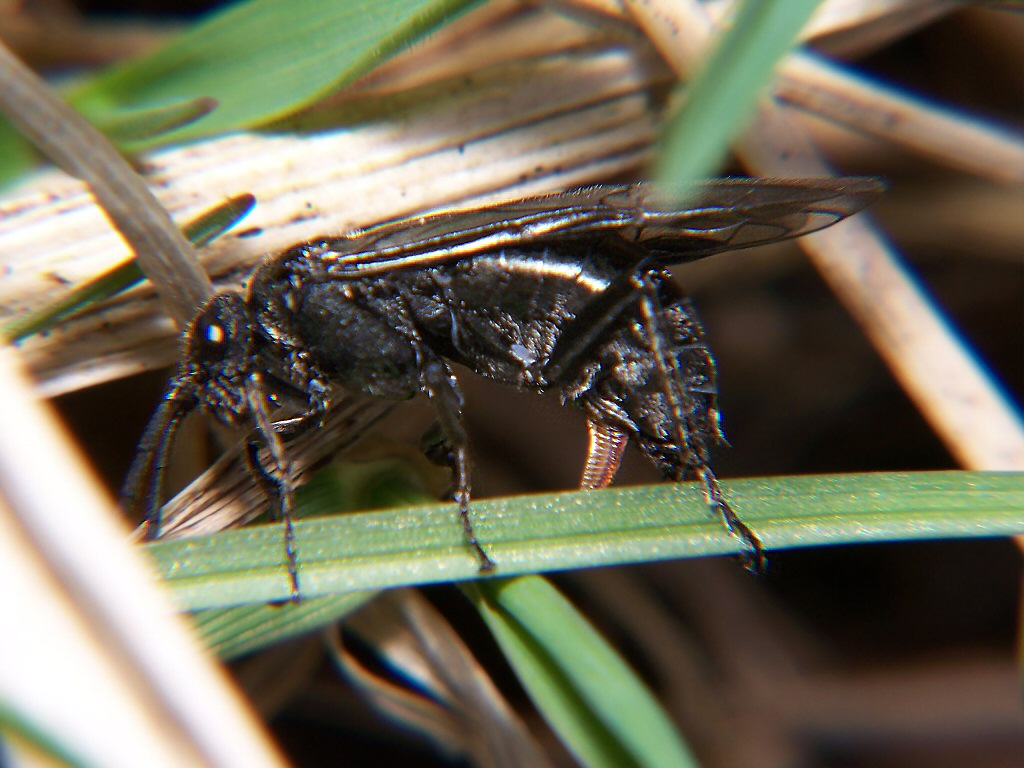|
Arge Scapularis
''Arge scapularis'' or elm argid sawfly is a sawfly in the family Argidae. It is found across North America and commonly infests elm Elms are deciduous and semi-deciduous trees comprising the genus ''Ulmus'' in the family Ulmaceae. They are distributed over most of the Northern Hemisphere, inhabiting the temperate and tropical- montane regions of North America and Eurasia, ... trees. The name "scapularis" refers to the insect's distinctive so-called "shoulder blades". Image:Early_Arge_scapularis_larvae_on_an_American_Elm_leaf.jpg, Early larvae on an American Elm leaf Image:Arge scapularis larvae.jpg, Larvae Image:Adult_female_Arge_scapularis.jpg, Adult female Image:Adult male Arge scapularis.jpg, Adult male References Argidae Insects described in 1814 Taxa named by Johann Christoph Friedrich Klug {{Sawfly-stub ... [...More Info...] [...Related Items...] OR: [Wikipedia] [Google] [Baidu] |
Sawfly
Sawflies are wasp-like insects that are in the suborder Symphyta within the order Hymenoptera, alongside ants, bees, and wasps. The common name comes from the saw-like appearance of the ovipositor, which the females use to cut into the plants where they lay their eggs. The name is associated especially with the Tenthredinoidea, by far the largest superfamily in the suborder, with about 7,000 known species; in the entire suborder, there are 8,000 described species in more than 800 genera. Symphyta is paraphyletic, consisting of several basal groups within the order Hymenoptera, each one rooted inside the previous group, ending with the Apocrita which are not sawflies. The primary distinction between sawflies and the Apocrita – the ants, bees, and wasps – is that the adults lack a "wasp waist", and instead have a broad connection between the abdomen and the thorax. Some sawflies are Batesian mimics of wasps and bees, and the ovipositor can be mistaken for a stinger. S ... [...More Info...] [...Related Items...] OR: [Wikipedia] [Google] [Baidu] |
Argidae
Argidae, commonly known as the argid sawflies, is a large family of sawflies, containing some 800 species worldwide, primarily in tropical regions. The larvae are phytophagous, and commonly can be found feeding (and often pupating) in groups, though very few attain pest status. Description The family is distinguished from all other Symphyta by the reduction of the antenna to three segments, flagellomeres; the last one is elongated often shaped like a tuning fork in males. Distribution Species of this family are mainly found in the Neotropical region and in sub-Saharan Africa; however, this family is globally distributed. Genera Argidae contains the following genera, split between its two subfamilies: * Arginae ** '' Antargidium'' ** '' Arge'' ** '' Asiarge'' ** '' Brevisceniana'' ** '' Kokujewia'' ** '' Mioarge'' ** '' Pseudarge'' ** '' Scobina'' ** '' Sjoestedtia'' ** '' Spinarge'' ** '' Triarge'' ** '' Zhuhongfuna'' * Sterictiphorinae ** '' Acrogymn ... [...More Info...] [...Related Items...] OR: [Wikipedia] [Google] [Baidu] |
North America
North America is a continent in the Northern Hemisphere, Northern and Western Hemisphere, Western hemispheres. North America is bordered to the north by the Arctic Ocean, to the east by the Atlantic Ocean, to the southeast by South America and the Caribbean Sea, and to the south and west by the Pacific Ocean. The region includes Middle America (Americas), Middle America (comprising the Caribbean, Central America, and Mexico) and Northern America. North America covers an area of about , representing approximately 16.5% of Earth's land area and 4.8% of its total surface area. It is the third-largest continent by size after Asia and Africa, and the list of continents and continental subregions by population, fourth-largest continent by population after Asia, Africa, and Europe. , North America's population was estimated as over 592 million people in list of sovereign states and dependent territories in North America, 23 independent states, or about 7.5% of the world's popula ... [...More Info...] [...Related Items...] OR: [Wikipedia] [Google] [Baidu] |
Insects Described In 1814
Insects (from Latin ') are hexapod invertebrates of the class Insecta. They are the largest group within the arthropod phylum. Insects have a chitinous exoskeleton, a three-part body (head, thorax and abdomen), three pairs of jointed legs, compound eyes, and a pair of antennae. Insects are the most diverse group of animals, with more than a million described species; they represent more than half of all animal species. The insect nervous system consists of a brain and a ventral nerve cord. Most insects reproduce by laying eggs. Insects breathe air through a system of paired openings along their sides, connected to small tubes that take air directly to the tissues. The blood therefore does not carry oxygen; it is only partly contained in vessels, and some circulates in an open hemocoel. Insect vision is mainly through their compound eyes, with additional small ocelli. Many insects can hear, using tympanal organs, which may be on the legs or other parts of the body. The ... [...More Info...] [...Related Items...] OR: [Wikipedia] [Google] [Baidu] |


